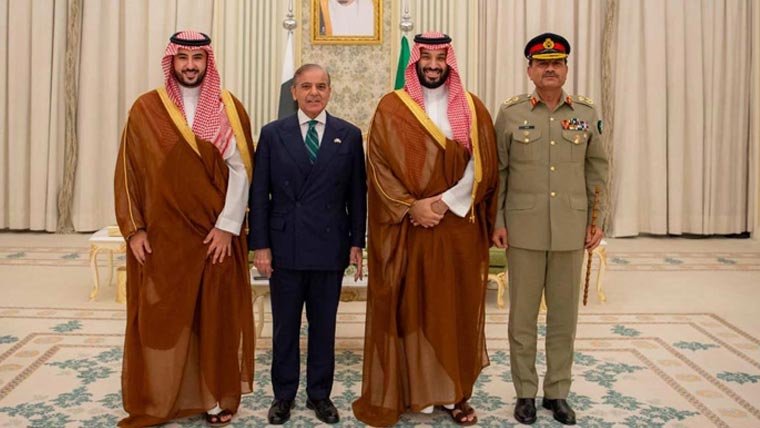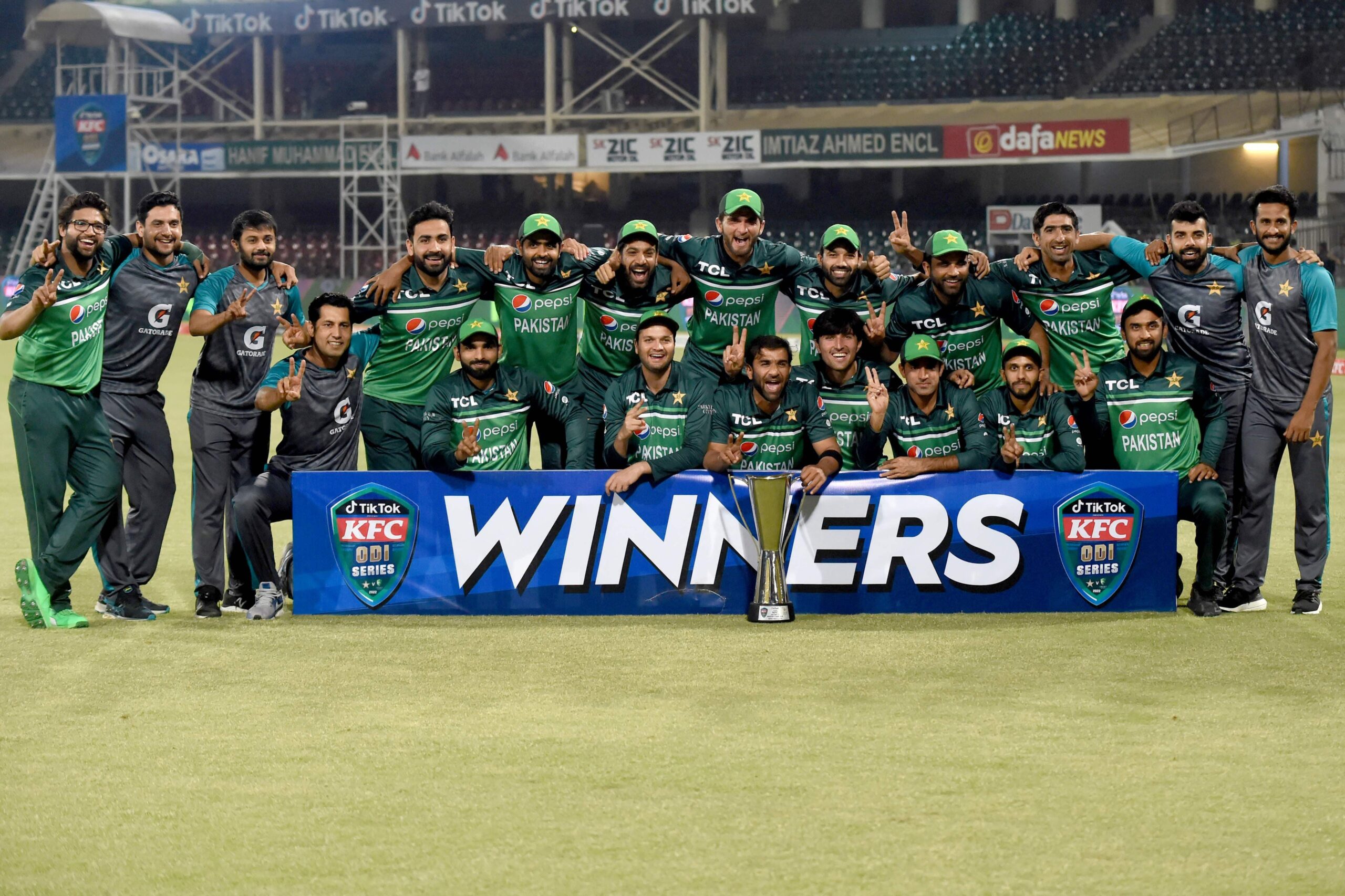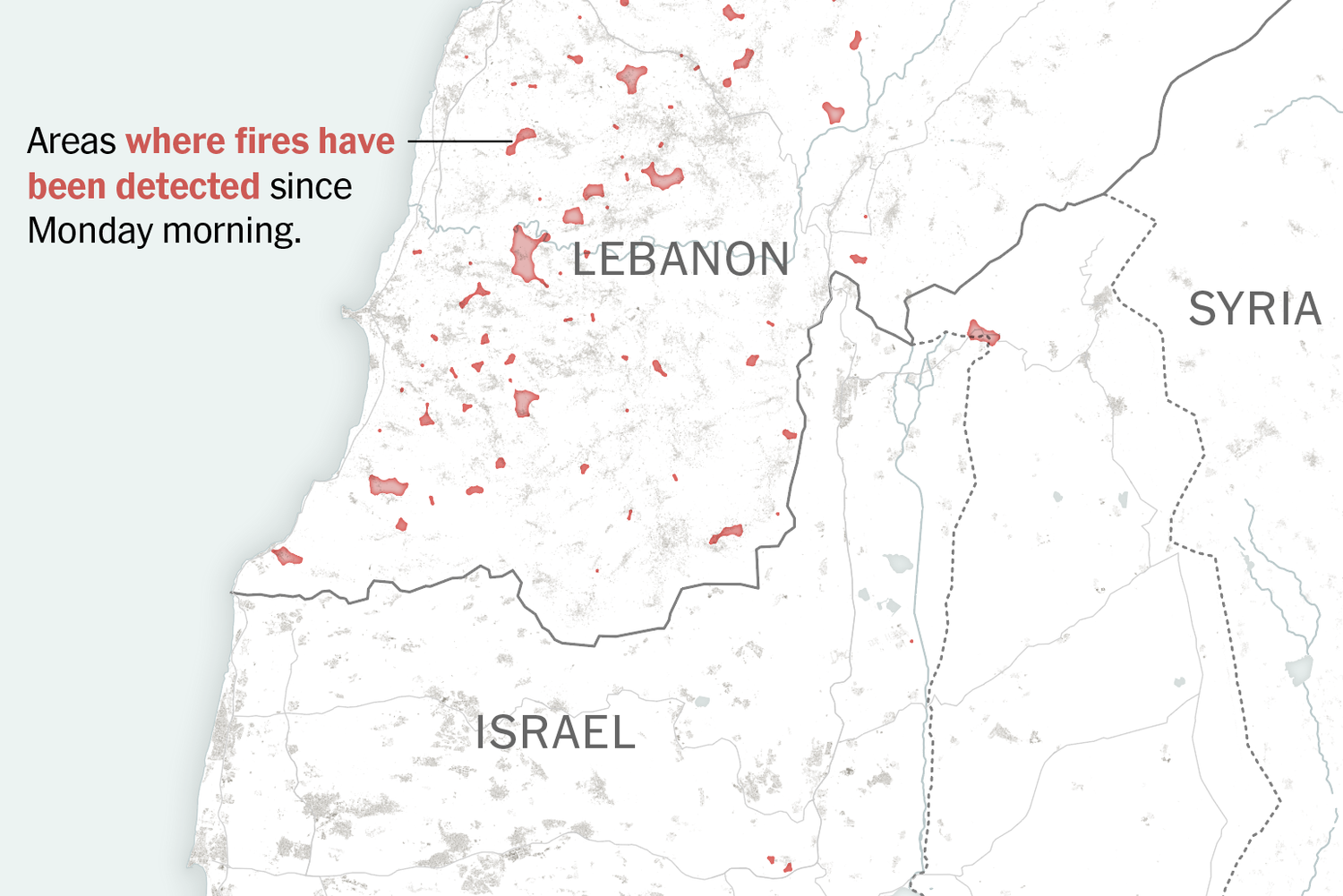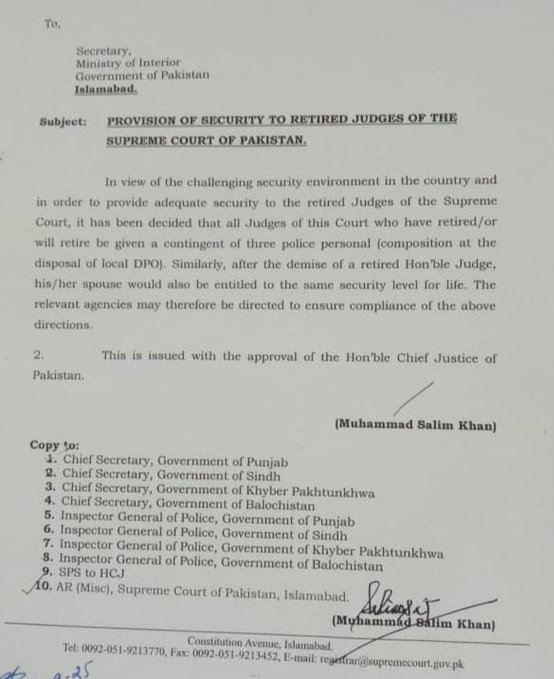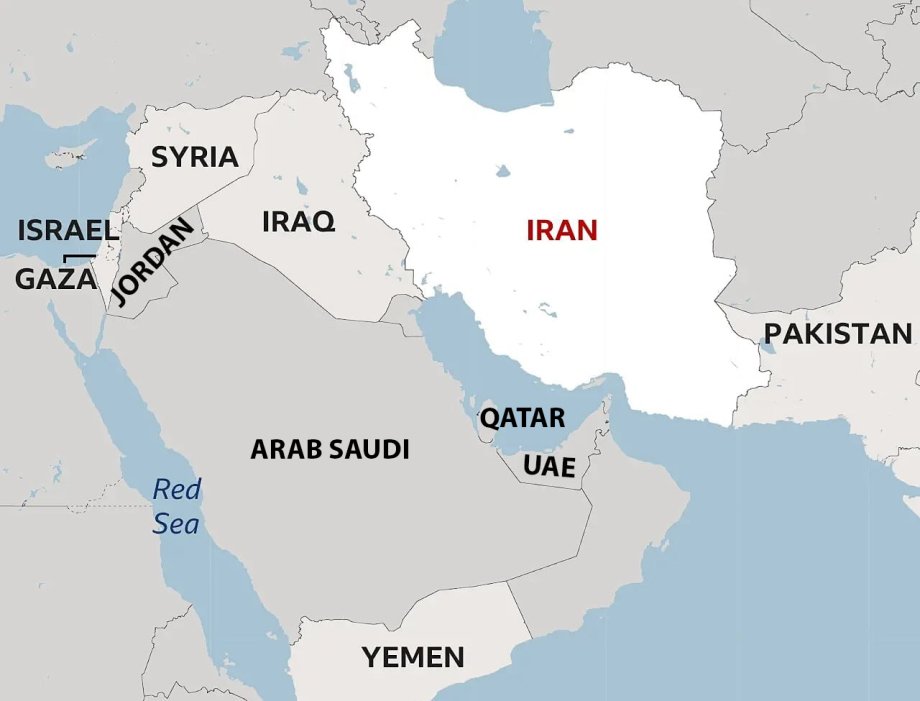Mubashar Nadeem
Pakistan’s political landscape stands once again at a critical juncture. Former Prime Minister Imran Khan, leader of Pakistan Tehreek-e-Insaf (PTI), remains incarcerated, while a mix of legal efforts and grassroots political agitation continues to press for his release. In this volatile backdrop, reports have emerged that Imran Khan’s sons, Qasim and Sulaiman Khan, may return to Pakistan and actively participate in a protest movement demanding their father’s freedom. While the news seems personal, its political ramifications could be far-reaching.
Legally, Khan’s imprisonment is a matter for the courts. Yet, political observers understand that in Pakistan, legal matters rarely operate in a vacuum—particularly when they involve high-profile political figures. The question of Imran Khan’s freedom is as much about public pressure, narrative framing, and power dynamics as it is about judicial process. PTI’s performance in the 2024 elections showed that despite state resistance and logistical hurdles, the party’s support base remains strong. However, the challenge PTI faces today is less political or legal, and more administrative and systemic.
State institutions have effectively kept PTI out of the corridors of power, not through popular rejection but via systematic exclusion. The party, despite commanding public support, continues to be marginalized from electoral legitimacy and governance. In this context, the potential political debut of Imran Khan’s sons is not merely a family affair—it could mark a strategic evolution in PTI’s structure and future direction.
Traditionally, dynastic politics is viewed as antithetical to democratic ideals. Yet in South Asia, political families are a deeply entrenched norm. From the Sharifs to the Bhuttos, generational leadership is a well-established practice. Should Qasim and Sulaiman step into the political spotlight, they would likely be evaluated through this very lens. Their entry could fill a visible leadership vacuum within PTI, offering a sense of continuity and cohesion that the party sorely lacks in Khan’s absence.
Please, subscribe to the YouTube channel of republicpolicy.com for quality content.
More importantly, the political community that supports PTI doesn’t just see Imran Khan as a leader—they view him as a movement. Anyone carrying forward that movement must embody not just the charisma but the vision, discipline, and resolve that have defined Khan’s political brand. If Qasim and Sulaiman are serious about entering politics, their roles would need to go beyond symbolic appearances. They would have to demonstrate ideological clarity, organizational skill, and the ability to connect with a disillusioned but determined youth demographic.
A generational transition in leadership, if handled correctly, could provide PTI with long-term stability. The current leadership bench, besieged by legal battles and under constant scrutiny, has yet to show it can unify the party under a singular direction. In such a climate, the emergence of Qasim or Sulaiman could offer a rallying point—especially if they manage to present themselves not merely as Imran Khan’s heirs, but as capable visionaries in their own right.
However, this would also depend on how the state apparatus responds. If they are allowed to campaign, mobilize, and participate without undue repression, it could signal a softening in the establishment’s approach toward PTI—perhaps an opening for political reintegration. Conversely, if their arrival is met with resistance, restrictions, or legal entanglements, it would only confirm that the political system remains unwilling to accommodate PTI within the democratic fold.
Their success, therefore, hinges on avoiding the pitfalls of name-based entitlement. South Asian political history is littered with examples of second-generation leaders who failed to resonate with the public because they lacked authenticity or failed to deliver on their promise. Qasim and Sulaiman must realize that bearing the Khan name alone will not suffice. They need to build credibility through substance—by articulating clear policy visions, showing grassroots engagement, and cultivating trust within the party’s diverse ranks.
If they succeed, they could revitalize PTI’s protest movement into a broader political momentum. Their return could re-energize the party’s organizational base, reconnect with alienated youth, and provide an emotional anchor for a party still rallying around the image of a jailed leader. Yet, the key is meaningful engagement—not performative politics. Their involvement must be rooted in ideology, discipline, and a willingness to shoulder responsibility—not merely bask in inherited popularity.
Critically, the optics of their return will also shape public perception. If they appear driven, sincere, and visionary, they could emerge as symbols of political continuity and resistance. If, however, they seem opportunistic or unprepared, the gamble could backfire—damaging both their image and that of PTI.
Ultimately, the entrance of Qasim and Sulaiman Khan into Pakistani politics—if it happens—could signify the opening of a new chapter for PTI. It could be the start of a generational shift that blends legacy with new leadership. But whether this chapter reinvents PTI for the future or becomes another case of failed dynastic transition depends entirely on how seriously they take this moment and how effectively they translate their presence into meaningful political action.
In a country where public trust in political institutions is rapidly eroding, and where democratic space is increasingly contested, fresh leadership rooted in conviction and competence is not just desirable—it’s essential. If Qasim and Sulaiman rise to that challenge, they may well lead PTI into its next defining phase. If not, their entry will be remembered as a missed opportunity in a time of political crisis.






